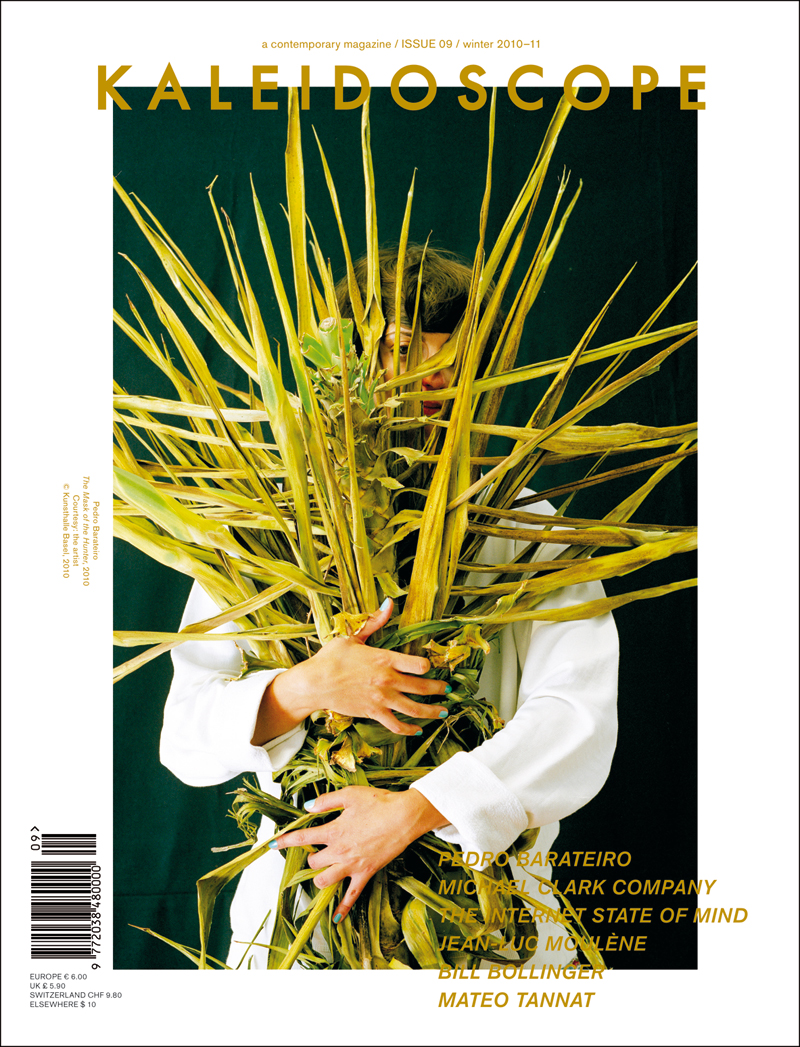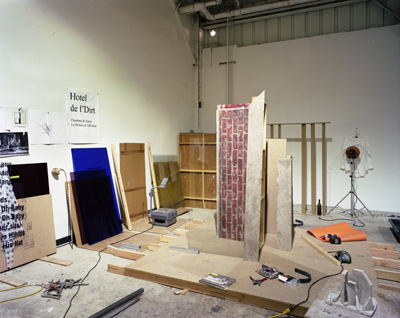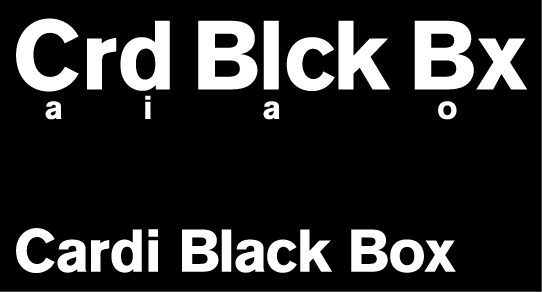ISSUE 9Winter 2010-2011

HIGHLIGHTS: Pedro Barateiro by Ricardo Nicolau; New Abstract Painting Joanna Fiduccia and Michael Ned Holte in conversation; Michael Clark Company by Catherine Wood; Pratchaya Phinthong by Alessandro Rabottini; Klara Liden by Chris Wiley; UK ’90s Dance Music Francesco Tenaglia, Simon Reynolds and Mark Fisher in conversation.
MAIN THEME: THE INTERNET STATE OF MIND: All Wired in Lauren Cornell and Hanne Mugaas in conversation; Oliver Laric by Carson Chan; The Ultimate Browser by Barbara Casavecchia; Nachteule special project by Anders Clausen; Who Owns Images? Geeta Dayal, Kazys Varnelis, and Sam Thorne in conversation.
MONO: JEAN-LUC MOULÈNE: Perverting Circulation by Chris Sharp; Memento Mori by Emily Cormack; Who's Afraid of a Flower? special project by Jean-Luc Moulène; A Serious Farce material collected by François Piron.
COLUMNS: PIONEERS: Bill Bollinger by Simone Menegoi; FUTURA: Taryn Simon interviewby Hans Ulrich Obrist; MAPPING THE STUDIO: Mateo Tannatt by Luca Cerizza; VIA À VIS: Thea Djordjadze and Tobias Putrih interview by Elena Filipovic; CRITICAL SPACE: Quality Versus Quantity by Markus Miessen; ON EXHIBITIONS: City by Night by Paola Nicolin; LAST QUESTION: What Is Your Favorite Dystopia? answer by Francis Upritchard.
topPRACTICE MAKES PERFECT
by Catherine Wood
Combining a cubist approach to space with an innate impulse toward movement, dance anarchist MICHAEL CLARK choreographs the blurring of art and life, translating rigorous daily practice into sequences of extraordinary emotional intensity.
come, been and gone, Simon Williams, 2009
Photo: Jake Walters
In a square of white light projected onto the floor, a male dancer knots his body into angular shapes: arms rigid, fists clenched, and head to one side. He curves forward through his back to assume what looks like a stretching position, holding his legs beneath bent knees, but pauses only for a split second before rolling again, one crooked leg pressing to the floor against the direction of his torso. Set within the opening moments of Michael Clark’s project for Tate Modern, part I (2010), the continuous unfolding of movement in this sequence makes it hard to quantify its compositional elements as discrete units. Each movement is exquisitely unpredictable, truncating our expectations for the movement phrase that it begins. There is a cubist quality to the dancer’s striving to fully inhabit the space marked out by the flat white square on the floor, pressing his body’s surfaces to the ground, at times into near impossible contortions. But to think only of analytic cubism’s geometries detracts from the work’s extraordinary emotional intensity. The choreographed exposure of the dancer’s body—set to the charged strains of David Bowie’s Sweet Thing—is almost painful in its intimation of psychological restlessness, as though the dance is a search, without apparent end, for a still place to be.
Read moretopThe Territory of Versions
by Carson Chan
Pointing towards the digital condition as a source of renewal and mutability, OLIVER LARIC’s hyperlinked representational inquiries explore disembodied agency, Net-born avatars, and parallel worlds— channeling the Internet’s inexplicable uncanny.
Icon (Utrecht), details, 2009
Courtesy: the artist and Seventeen, London
While movable type, radio, television, and telephones have successively changed the way we communicate, it was only when Tim Berners-Lee wrote the code for the World Wide Web on Christmas Day 20 years ago that the linearity of thought that has characterized Western culture was challenged by the world view of the Internet. Today, the web accounts for almost half of our waking attention. We search through its data, click on its hyperlinks, skim its texts, download, upload, email, and Tweet. In The Shallows (2010), technology writer Nicholas Carr argues that Internet use is eclipsing our ability to think deeply and creatively. “The Net seizes our attention only to scatter it,” he warns, adding that the environment of distraction cultivated online inhibits learning. “We become mindless consumers of data.” Given this trajectory, Carr implies, we may one day do away with long narrative structures that string and weave ideas inefficiently for the near instantaneous apprehension afforded by RSS feeds and text-messages.
Read moretopNo Success Like Failure
by Luca Cerizza
Serving both as a film set and a workshop, the studio of artist MATEO TANNATT is the scene of a practice that holds the theatrical representation of the body at its heart, in the best tradition of Los Angeles’s “pathetic art.”

All photos: Marina Pinsky
The name smacks of myth and antiquity, of battles and work. Minerva was the Roman goddess of war and the crafts. Minerva Street is one of the main roads in the district of Vernon, Los Angeles. South of downtown and west of Culver City, an area in which a large number of the city’s galleries are concentrated, Vernon is a sort of no man’s land devoted to the collection, recycling, and processing of various materials, such as scrap iron and paper. A wholly industrial district, Vernon is made up of a sequence of sheds and nondescript low buildings. Some of these are occasionally converted into studios for filming movies. Next to a building where a spectacular amount of paper and cardboard is collected, and another where rows of Hispanic workers cut cloth and stitch clothes under a cold neon light, you may come across the remains of a movie set that has reached the end of its brief existence. Illusion sent for scrap.
Read more







